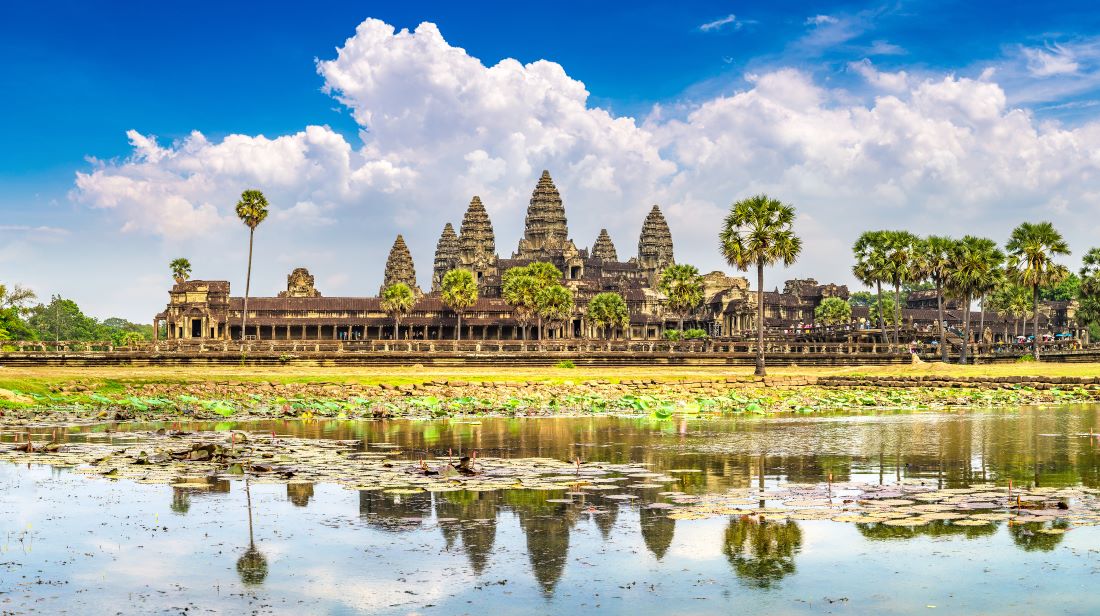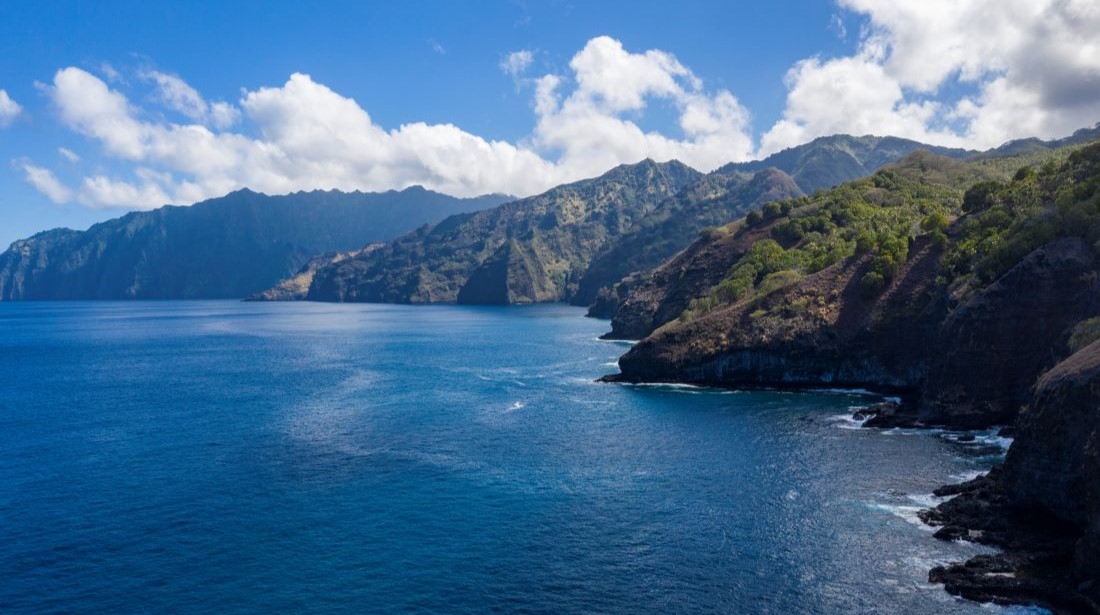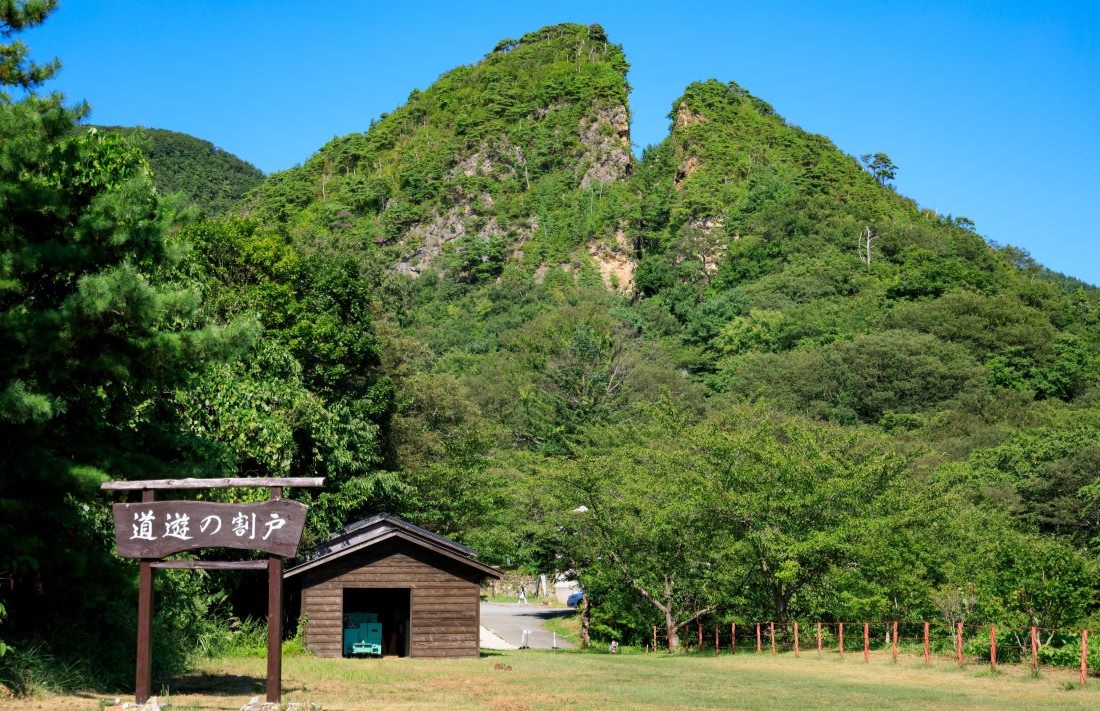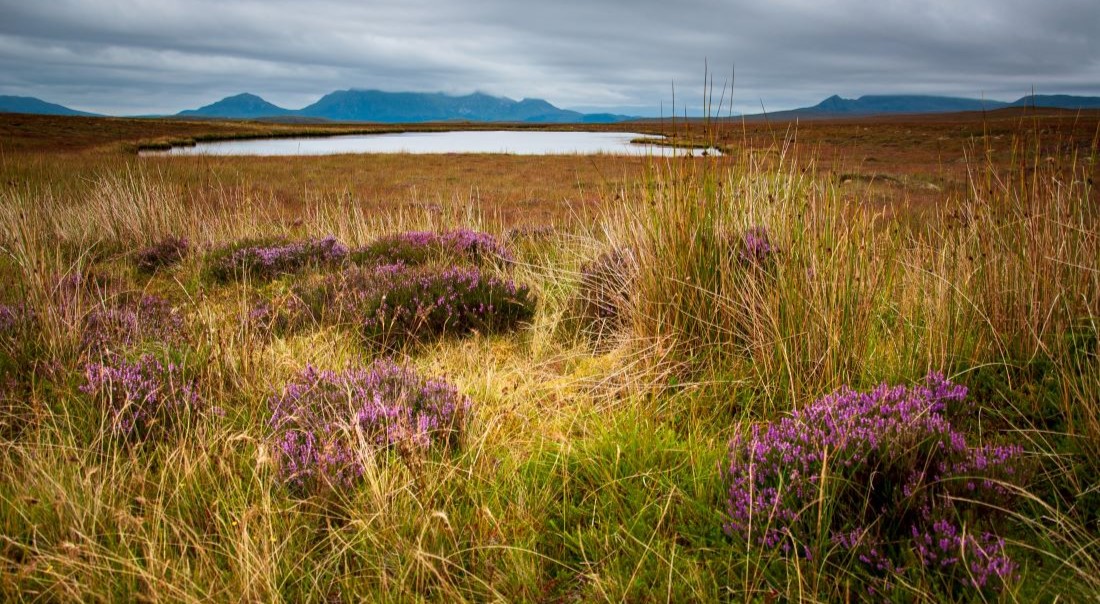This website uses cookies so that we can provide you with the best user experience possible. Cookie information is stored in your browser and performs functions such as recognising you when you return to our website and helping our team to understand which sections of the website you find most interesting and useful.
Discover the new UNESCO heritage sites to visit in 2024
By Tempus | 2 September 2024 | Travel
With twenty four new destinations named as UNESCO heritage sites, we share three to visit in 2024
 The United Nations Educational, Scientific and Cultural Organisation, or UNESCO, World Heritage Sites are globally recognised as unique, protected destinations with natural and cultural heritage. From the UK’s Stonehenge and Jurassic Coast, to Peru’s Machu Picchu and Cambodia’s sprawling Angkor Wat, these unmissable destinations promise powerful natural beauty, historic and cultural significance, or a combination of both.
The United Nations Educational, Scientific and Cultural Organisation, or UNESCO, World Heritage Sites are globally recognised as unique, protected destinations with natural and cultural heritage. From the UK’s Stonehenge and Jurassic Coast, to Peru’s Machu Picchu and Cambodia’s sprawling Angkor Wat, these unmissable destinations promise powerful natural beauty, historic and cultural significance, or a combination of both.
At this summer’s World Heritage Committee meeting in New Delhi, twenty four new sites were granted the prestigious World Heritage title. Nineteen were named Cultural World Heritage Sites, four were designated as Natural World Heritage Sites and one received a mixed designation. Here, we share some of the new UNESCO protected sites to visit in 2024. Te Henua Enata (The Marquesas Islands), French Polynesia
Te Henua Enata (The Marquesas Islands), French Polynesia
Unique in being the only mixed World Heritage Site added to the UNESCO World Heritage Site list this year, Te Henua Enata (The Marquesas Islands) has been recognised for not only its natural beauty and biodiversity, but also its long history of human occupation, which dates back to 1000 CE. The archipelago is a major centre of endemism, hosting rare flora, diverse marine species and one of the most varied seabird populations in the South Pacific. Largely untouched by human activity, its waters are among the world’s last marine wildernesses. The area also includes significant archaeological sites, from monumental dry-stone structures to lithic sculptures and engravings. Sado Island Gold Mines, Niigata, Japan
Sado Island Gold Mines, Niigata, Japan
A Cultural UNESCO World Heritage Site for 2024, the Gold Mines are located on Sado Island, around thirty-five km west of the Niigata Prefecture coast, and is Japan’s largest gold and silver mine where you can still pan for gold to this day. Open to visitors, the gold mine and smelting facilities showcase the development of mining technology and production over an incredible 400 years. Once home to disgraced emperors, nobility, and exiled criminals, the discovery of gold at the turn of the 17th century changed Sado Island’s fortunes. The lush haven offers an abundance of pristine landscapes, and is also known for its associations with Kodo drumming, its annual Earth celebration, and the restorative Sado Onsen hot springs. The Flow Country, UK
The Flow Country, UK
Closer to home, The Flow Country is the first peatland to be nominated as a world heritage site. Located in the far north of Scotland, the extensive blanket bog system is the largest and most intact in the world, earning it its spot as a UNESCO protected site. Forming slowly, at a rate of 1mm per year, The Flow Country has been accumulating peat since the last ice age. The vast habitat is home to rare and eye-catching flora and fauna, through its complex set of interlinked pools. It also acts as an essential carbon storage system, playing a vital role in our defense against the effects of climate change.
Discover the best lesser-known UNESCO sites to visit in 2024 with Tempus







